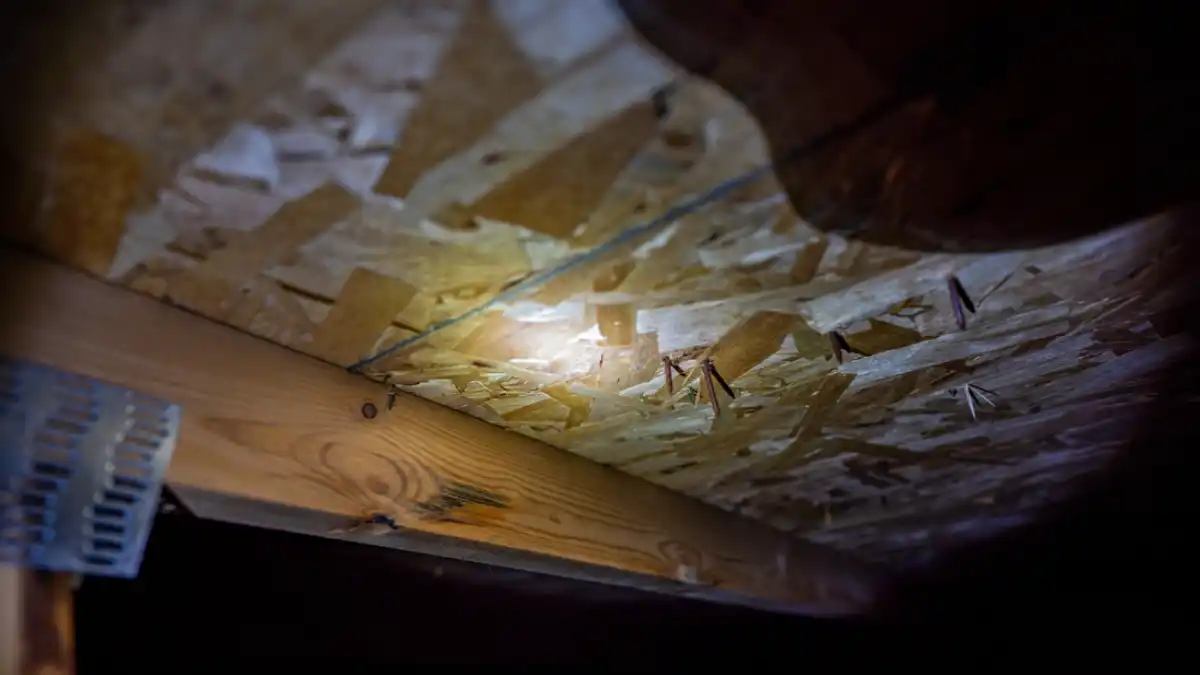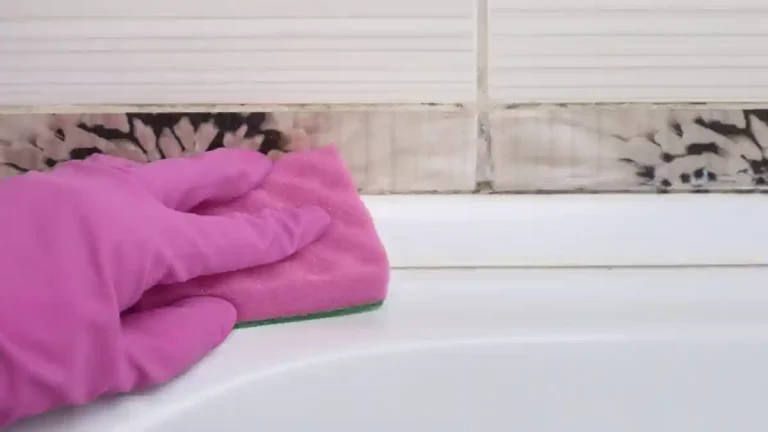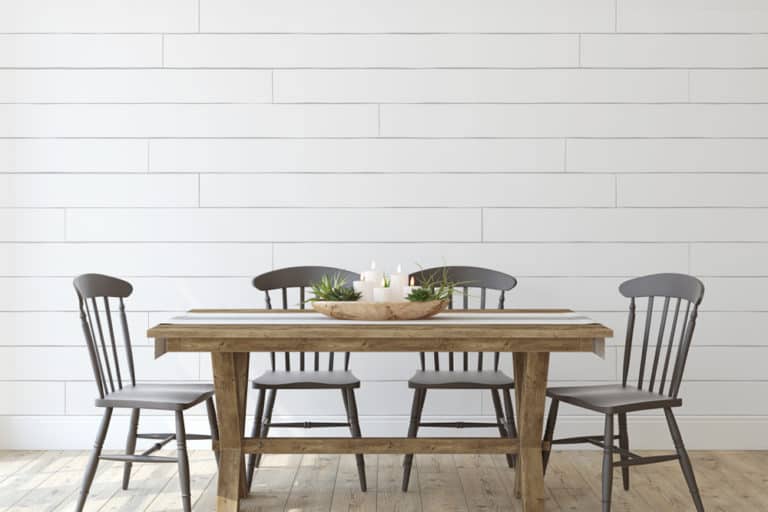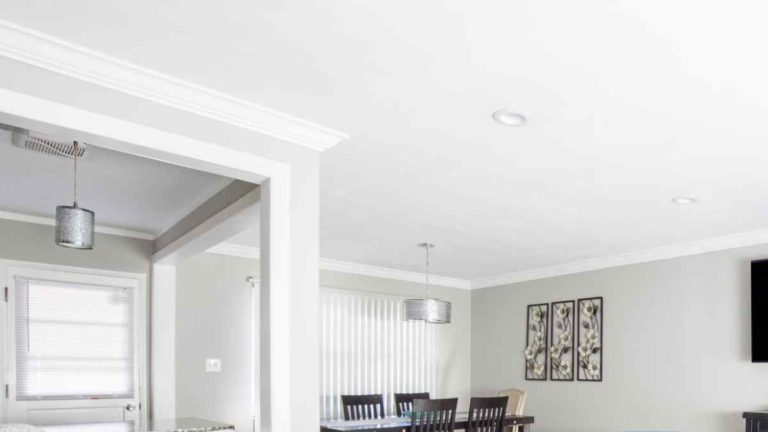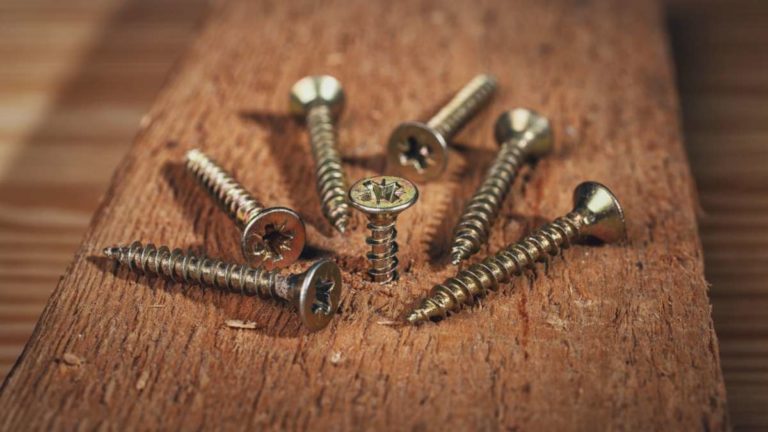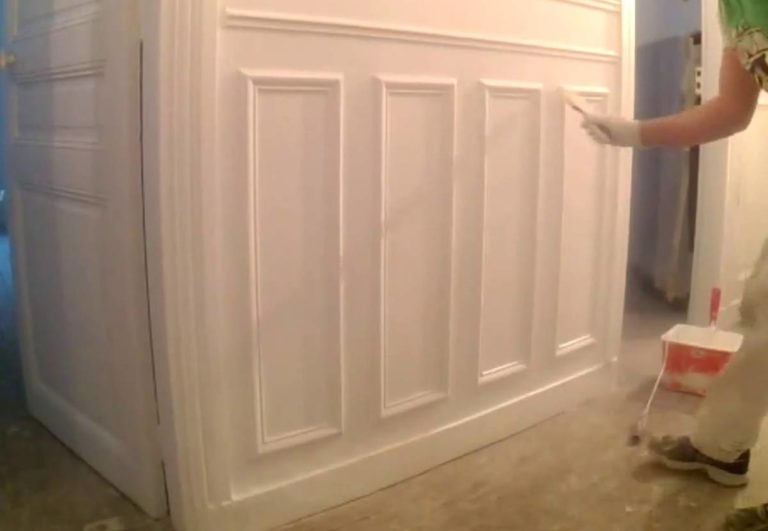An uninsulated crawl space could potentially cause major issues for you within your home. Whether the insulation has fallen off or you live in an older home without any insulation whatsoever, crawl spaces tend to suck in cold air from outside the house as the hot air within the house rises.
How to insulate your crawl space depends on whether the space is ventilated or not, as well as whether the house is situated in a moderate weather zone or one with extreme weather. Depending on this, you will either insulate only underneath the floorboards or the external walls of the crawl space.
Insulating the crawl space underneath your house will make a significant difference to the temperature of the home, thereby reducing the energy costs associated with heating and cooling the house.
The benefits of insulating your crawl space are significant – so much so that the US Department of Energy insists on an R-value of R-9 in floors.
How To Insulate A Crawl Space?
The purpose of insulating a crawl space is to help keep your house warm while simultaneously controlling the energy costs associated with heating and cooling the house. Properly insulating the crawl space will prevent the creation of a moist environment where mold and mildew can begin to form.
By controlling the temperature and moisture, you help to create a temperate lower area of the home. As a result, the upper floors can remain warm in winter and cool in summer.
The foundations will also be protected from any potential damage in the long term. Sound foundations are naturally the most important thing for a structurally sound home, so attention should be paid to ensuring they cannot suffer any potential damage as a result of unfavorable crawl space conditions.
One of the most common ways to effectively insulate the crawl space under a home is to simply staple fiberglass batts between the joists. This tends to fail over time as moisture build-up generally occurs within the insulation, and mold and mildew start to form.
As the fiberglass insulation absorbs more moisture, it starts to become heavier and heavier with time and begins to sag. Eventually, it cannot handle its own weight anymore and falls off. This leaves large areas of the underside of the floor that is completely uninsulated, and so it is rendered completely ineffective.
The way in which you insulate your crawl space depends on the climate in which your home is located. Temperate climates require significantly different treatment of the crawl space when compared to extreme climates.
Ventilated crawl spaces can make use of simple batt insulation installed between floor rafters. As long as these are properly installed and secured into place, they will effectively serve their purpose in terms of conditioning the crawl space and ensuring its temperatures become closer to those of the floors above.
Insulating A Ventilated Crawl Space
Insulating a ventilated crawl space is a significantly different process from insulating an unventilated crawl space. Ventilated crawl spaces function best in moderate or dry climates where moisture build-up is less likely to occur in the basement.
In this case, it’s best to insulate between the floor joists. This should be done carefully and properly so as to ensure the insulation is actually effective and serves its purpose indefinitely. Simply stapling fiberglass batts between the rafters will not work long-term, so it’s important to follow the correct procedures.
Some experts argue that ventilated crawl spaces are far more effective than unventilated types. This is because the airflow moving through the space will prevent any moisture that could potentially lead to the growth of mold.
With this type of crawl space, ensure that you do not cover up any vents. Add the fiberglass batting between the joists above. These spaces between joists are referred to as “joist bays.” These spaces must be filled completely with insulation to ensure that there is no possibility of air escaping through the floorboards.
Ensure that the fiberglass batting insulation does not become squashed or compact, as this will severely limit its effectiveness in providing sufficient ventilation.
The insulation should be installed with the paper vapor barrier facing upwards, and it should be properly held in place using chicken wire attached to the bottom of the joists.
Avoid using wires as these can affect the integrity of the insulation itself. Avoid installing a vapor barrier directly underneath this insulation, as this can potentially harbor moisture.
Insulating An Unventilated Crawl Space
Insulating an unventilated crawl space is somewhat of a different process as this involves sealing the crawl space completely from the external environment. All potential ventilation to the exterior of the building is sealed off completely.
Seal off any vents, hatches, or doors to the outside using caulk. The same goes for rim joists and sill areas. If there are any large gaps or cracks, these can be sealed up with foam insulation.
Before any further work is done, ensure that any moisture that is present on the floor of the crawl space is dealt with. This will ensure no further moisture problems can occur at a later stage.
The first thing to do is to install a vapor barrier on the floor of the crawl space. In order to do this, any obstructions should be cleared from the floor surface to ensure no damage can occur to the vapor barrier.
Next, you will need to install rigid foam insulation along the external foundation walls. This can be achieved using latex adhesive. Any seams between pieces of rigid foam should be sealed using PVC tape.
Lay the vapor barrier across the entire floor surface of the crawl space. This will prevent any moisture from moving upwards into the space from the ground below. This can also be taped together to ensure a proper seal. Allow the vapor barrier to go around twelve inches up the insulation on the walls, and tape the edges onto the insulation.
Conclusion
Whether you live in a moderate climate with relatively dry weather or you live in a region with extreme temperatures, insulating your crawl space is essential to ensure that you maintain a constant temperature in your home while reducing the energy costs associated with heating and cooling.
By preventing the movement of cold air into the crawl space, your floors will remain warmer in the winter. Conversely, during the summer months, your floors will remain cool – reducing the need for air conditioning. By insulating your crawl space, you are essentially conditioning the space to bring it closer to the temperatures of the floors above it.

